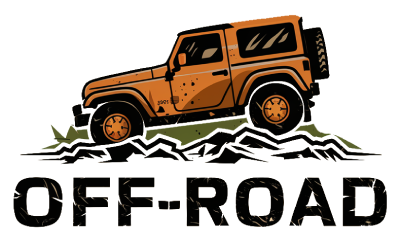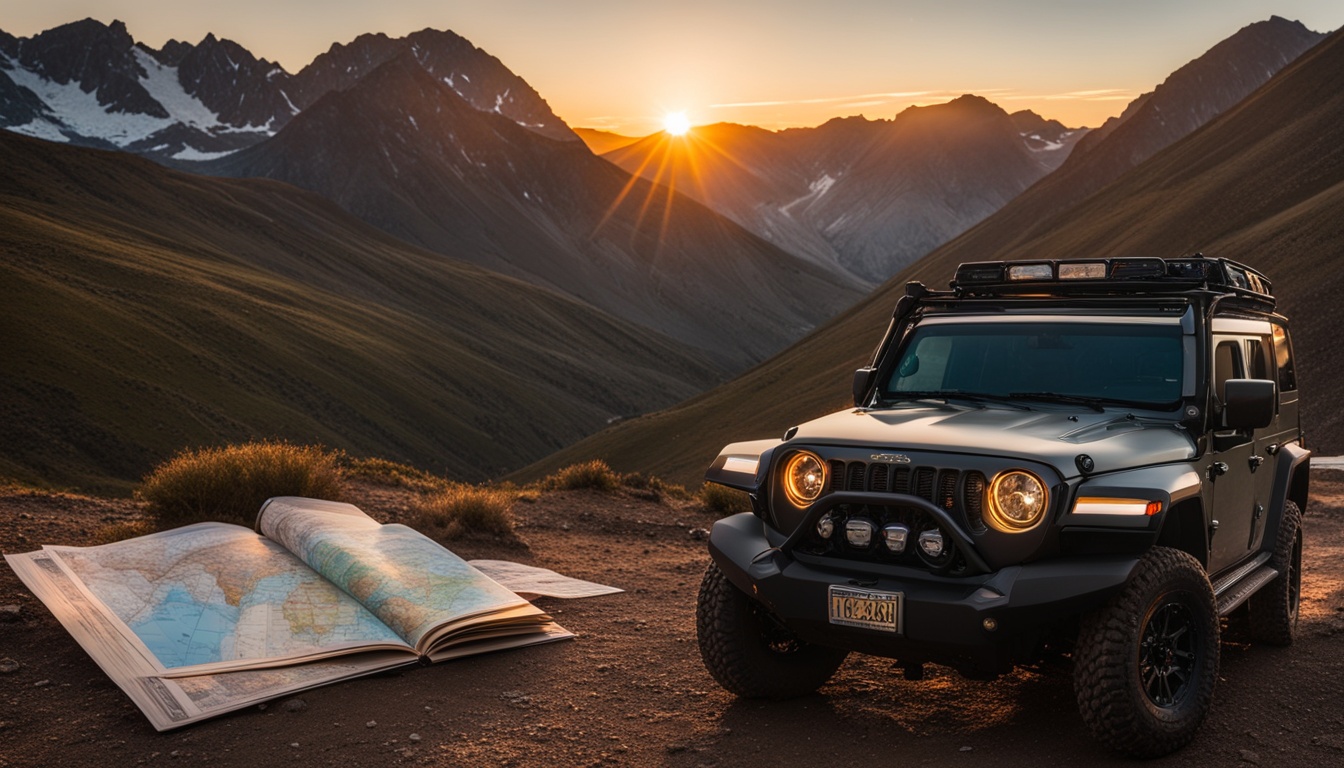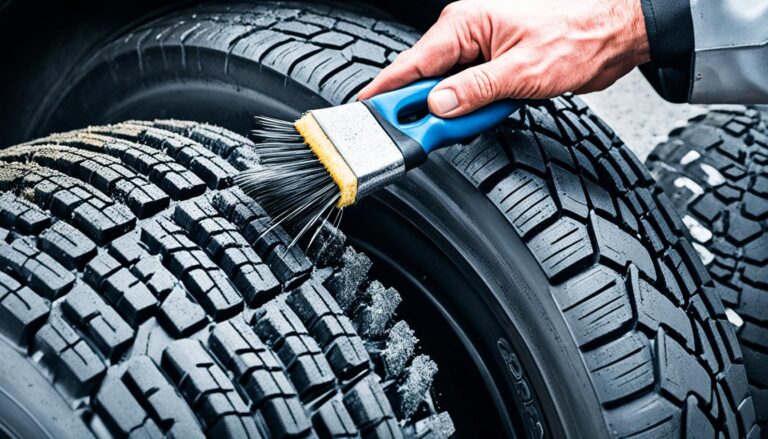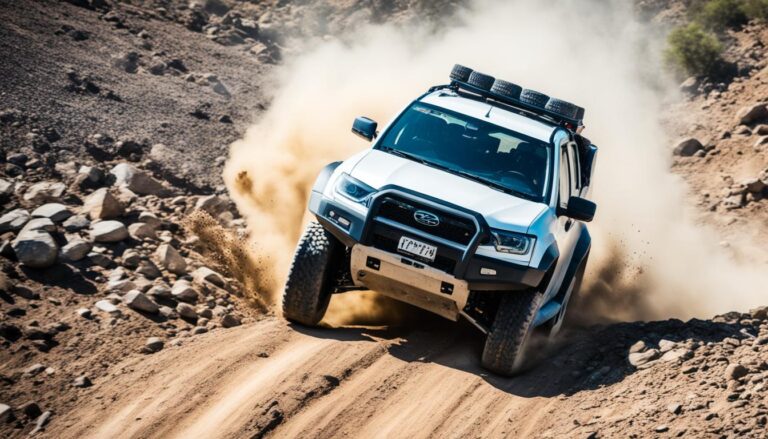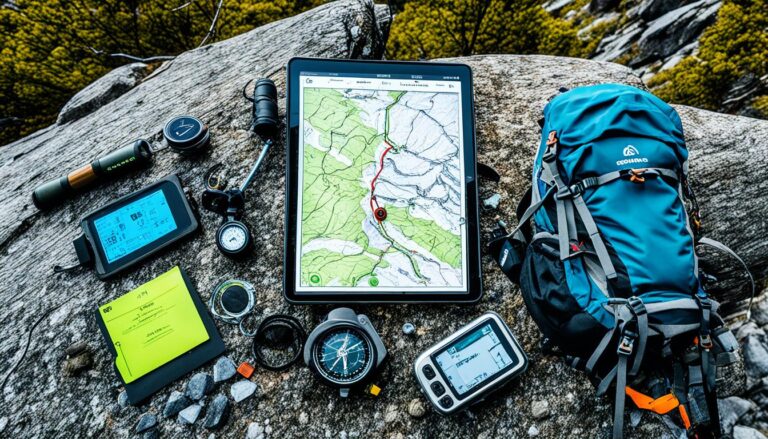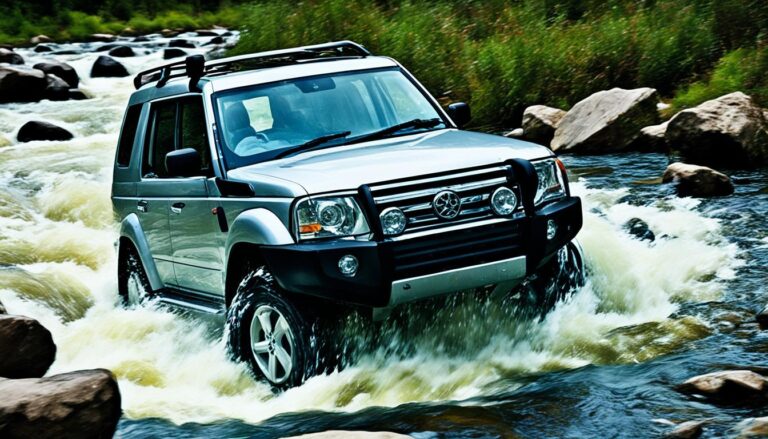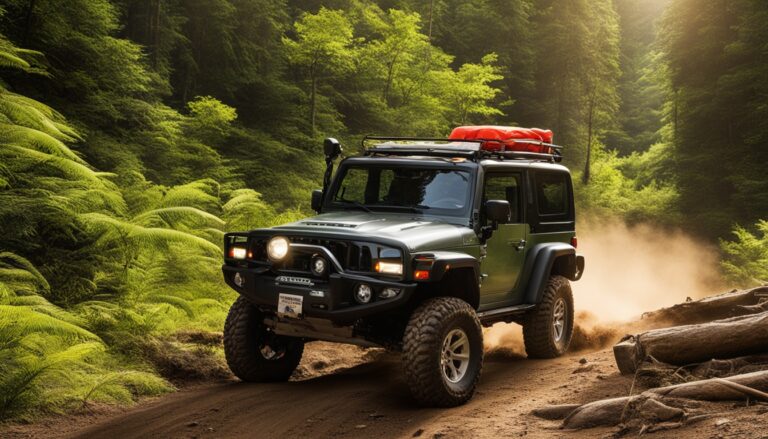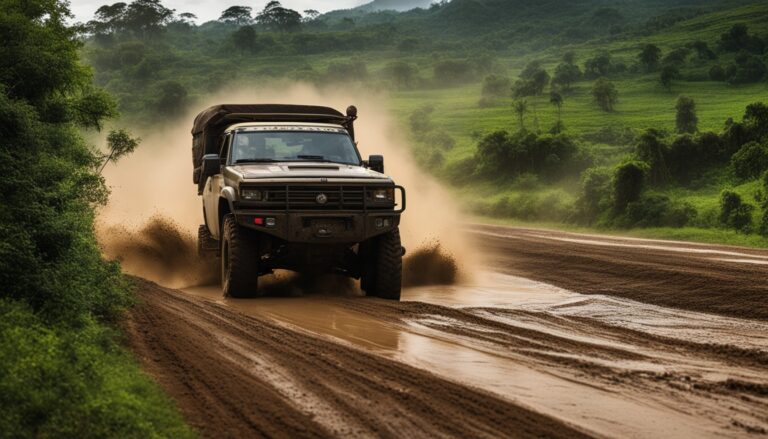How to Plan the Perfect Off-Road Trip: A Step-by-Step Guide
As we embark on the thrill of off-road trip planning, it’s essential to understand that proper trip preparation is key to a memorable off-road adventure. Navigating rugged terrains and stunning landscapes requires careful thought and flexibility. We will evaluate our adventure goals and set the right expectations for our journey. Key components such as vehicle choice, outdoor gear, and safety considerations will play significant roles in ensuring our experience is both enjoyable and safe.
Understanding the Essentials of Off-Road Trip Planning
Planning an off-road trip requires careful consideration of various factors to ensure an enjoyable and safe experience. From selecting the right vehicle to ensuring we have all necessary gear, our preparations will significantly impact the adventure we embark upon. Let’s explore these essentials together.
Choosing the Right Vehicle for Off-Roading
Selecting the appropriate vehicle for off-road adventures is crucial. Options like SUVs, trucks, and specialized off-road vehicles offer different features tailored for rugged terrains. Key features to look for include:
- Ground clearance
- Four-wheel drive capabilities
- Tires designed for uneven terrain
- Weight distribution
Brands well-known for their robust performance in off-roading include Jeep, Toyota, particularly the Toyota 4Runner, and BMW with models like the X5. Each of these off-road vehicles is built to handle challenging environments.
Necessary Gear for Adventures
As we prepare for our trip, having the right outdoor gear is essential. Consider including:
- Navigation tools, such as GPS devices
- Portable power sources for charging devices
- Vehicle maintenance tools, including a tire repair kit
- Camping equipment for overnight stays
Focusing on lightweight and durable gear ensures that we can withstand the harsh conditions we may encounter.
Safety Equipment We Should Not Forget
Prioritizing off-road safety equipment is fundamental for a secure experience. We should compile the following items:
- First-aid kits
- Fire extinguishers
- Emergency food and water supplies
- Communication devices like satellite phones
- Recovery gear, including winches and tow straps
Equipping ourselves with the right tools enhances our safety and preparedness for any challenges we may face on our journey.
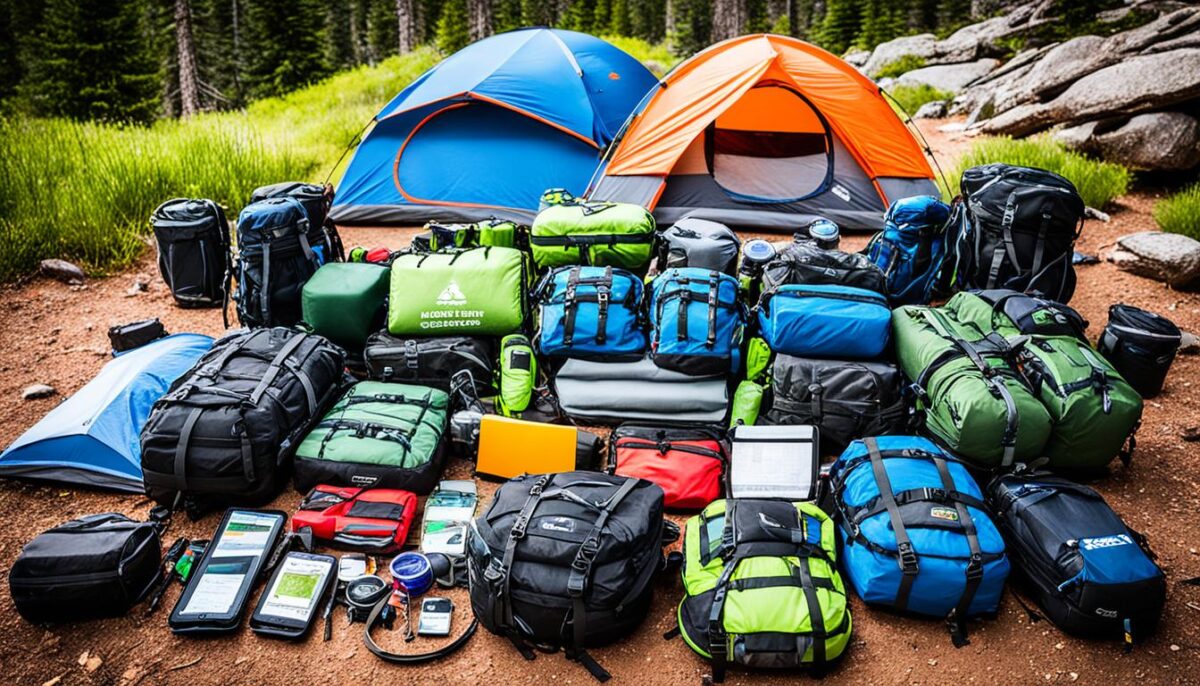
| Vehicle Type | Advantages | Disadvantages |
|---|---|---|
| SUV | High ground clearance, spacious | May lack agility in tight spots |
| Truck | Durable, excellent towing capacity | Less comfortable for passengers |
| Specialized Off-Road Vehicle | Designed for extreme conditions, superior handling | Higher cost, less versatility |
Off-Road Trip Planning: Crafting Your Itinerary
Creating a well-organized off-road itinerary is essential for our next adventure. By carefully mapping out our trip route, managing travel time, and understanding local regulations, we set ourselves up for a memorable experience. Let’s delve into the key aspects of effective planning.
Mapping Out Your Route and Destinations
Using off-road maps and GPS software plays a crucial role in our trip route planning. Identifying potential hazards and scenic stops enhances our journey. Resources like Trail Link and AllTrails provide valuable insights into popular trails and destinations that match our vehicle capabilities and skill levels. Ensuring we have clear routes allows for smoother navigation during our off-road experience.
Time Management for Off-Road Adventures
Efficient travel time management directly impacts our enjoyment. Estimating travel times based on vehicle type and trail conditions helps set realistic expectations. Additionally, factoring in potential weather delays and unexpected obstacles is vital. Allowing buffer time for these contingencies creates a more stress-free environment for us to explore.
Local Regulations and Permits to Consider
Understanding local regulations is fundamental to our off-roading adventure. Familiarizing ourselves with necessary off-road permits and land use rules ensures we respect the environment and comply with legal requirements. Acknowledging areas designated for off-roading not only enhances our experience but also helps preserve nature for future adventurers.
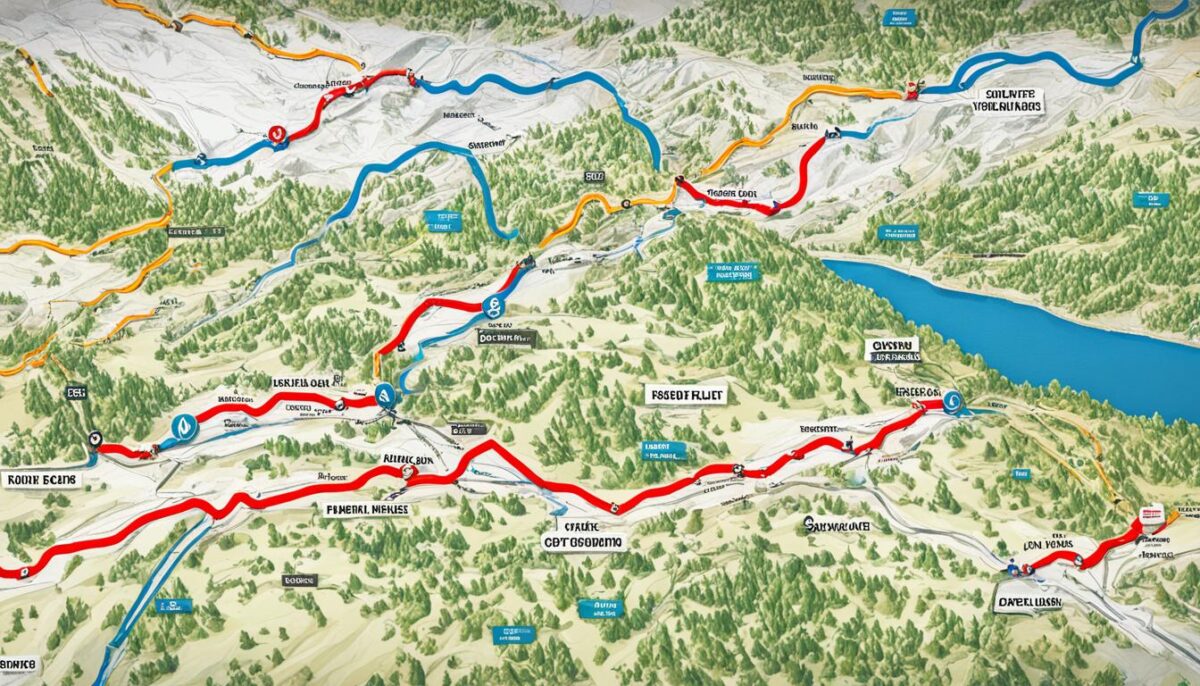
Preparing for Our Off-Road Adventure
As we gear up for our off-road trip, it is essential to create a comprehensive travel checklist to ensure our adventure readiness. First, we need to conduct final vehicle checks. This includes verifying tire pressure, inspecting fluid levels, and packing any spare parts we might need along the way. A well-prepared vehicle can make all the difference during our off-road escapade.
Packing tips are also crucial for our off-road trip preparation. We should focus on bringing along nutritious food supplies and personal items that can enhance our experience. Essential camping gear, such as sturdy tents, sleeping bags, and portable cooking equipment, will significantly enrich our time spent in nature. Let’s make sure we have everything needed for comfort and fun.
Ultimately, while the logistics are vital, adopting a flexible mindset is equally important. Unexpected situations can arise during off-road adventures, and being open to change allows us to adapt and make the most out of our journey. By maintaining our adventure readiness and following our checklist, we can ensure an unforgettable off-road experience awaits us.
